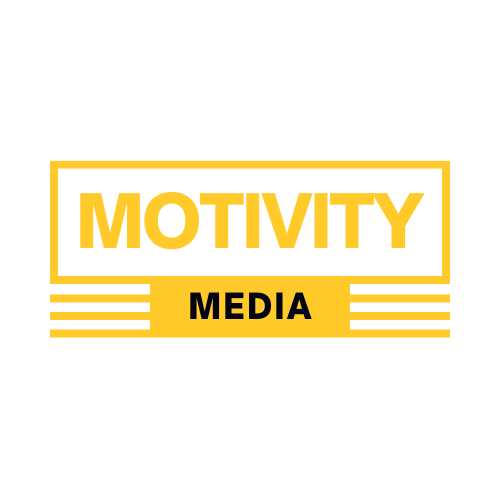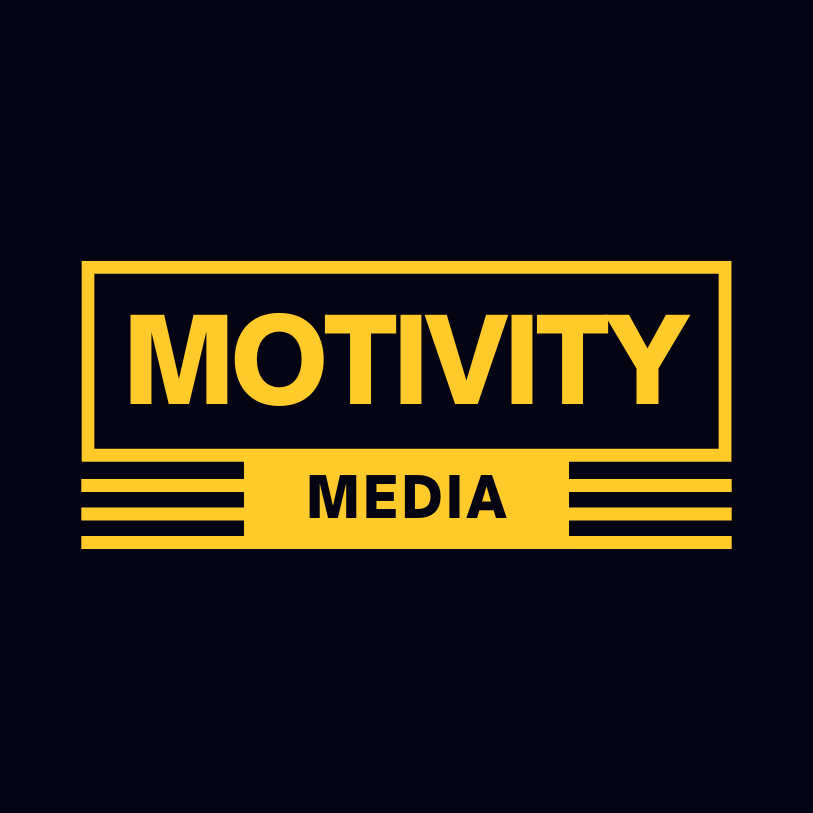Why Powerpoint Presentations are ineffective
Why is listening to a presenter while simultaneously reading their PowerPoint slides difficult? Cognitive load theory (CLT) can shed light on this all-too-common occurrence.
Cognitive load theory holds that learning and retention suffer when our memory and brain functioning capacity are overloaded. For example, reading and listening simultaneously (i.e., PowerPoint presentations) requires a rapid switching between the two and is highly ineffective and tends to overload our thinking.
John Sweller's work in the late 1980s contributed to our understanding of CLT by focusing on how instructional design impacts learning outcomes. He argued that by minimizing the extraneous load (distracting elements) and managing the intrinsic load (inherent difficulty), instructors could optimize working memory for building strong mental frameworks in long-term memory. This marked the formalization of Cognitive Load Theory.
Since then, researchers have continuously refined and expanded upon cognitive load theory. They've developed methods to measure cognitive load (like pupillary response) and explored its application in various learning domains beyond science and math, such as music, literature, and foreign languages.
The Three Loads of Cognitive Load Theory
Extraneous load: Mental effort caused by factors outside the material (e.g., unclear instructions, poor design, reading a PPT slide, and listening simultaneously).
Intrinsic load: The inherent difficulty of the task or information.
Germane load: The mental effort to process and integrate new information with existing knowledge (the desired load for learning).
Optimizing the Load for Better Performance
Leaders can leverage CLT to improve employee performance by:
Reducing extraneous load: The brain can focus on germane information by presenting information clearly and concisely and avoiding jargon and complex formatting. An extraneous load is wasted mental effort forced to focus on things that aren't directly relevant to learning. It's like having too many browser tabs open on your computer—it distracts from the task at hand.
Here's an example:
Imagine you're reading an e-book passage about the life cycle of a butterfly. The text is clear and concise, but the book also has flashy animations and sound effects on every page you must click through to close. Multiple fonts, colors, and text boxes make the book's flow hard to follow.
These elements add to the extraneous load. They force your brain to spend energy processing visual clutter and distractions instead of understanding the key concepts about butterfly metamorphosis. (There is an application here to trying to focus in a cluttered office.)
In a well-designed learning experience, these extraneous elements would be minimized. The text would be presented in a clear and simple format, with relevant visuals supporting the learning objectives and not competing for attention. This would allow you to dedicate your mental resources to the germane load— to understand the butterfly's life cycle.
Minimizing intrinsic load: Intrinsic load can be reduced by breaking down complex tasks into smaller, more easily understood steps and providing clear instructions and examples. Intrinsic load is the inherent difficulty of learning the material, independent of its presentation. It's like the base complexity of a video game—some games are inherently more complex than others, requiring more mental effort to understand and master.
Here's an example:
Adding single-digit numbers (1 + 1, 2 + 3) has a low intrinsic load. Most people can grasp this concept quickly because it involves manipulating small numbers and relies on familiar math building blocks. Compared to addition, calculus has a much higher intrinsic load. It involves understanding abstract concepts like limits, derivatives, and integrals. Even with a well-structured explanation, grasping and applying these ideas to solve problems requires significant mental effort.
Instructors can't change a subject's intrinsic load. They can't magically make calculus as easy as addition. However, by understanding intrinsic load, educators can tailor their teaching methods to make learning more efficient. They can break down complex topics into smaller, more manageable chunks and use instructional strategies that help learners build on their existing knowledge. The same applies to your employees when learning complex tasks or procedures. Simplify, compartmentalize, and then integrate for better performance.
Maximizing germane load: Encouraging active learning through practice, feedback, and discussions can shift the brain's focus to grasp the germane load, which is the primary focal point of learning.
Here’s an example:
Imagine you're trying to learn the parts of a cell in biology. Just memorizing a list of words like "nucleus," "mitochondria," and "ribosomes" would be a challenge. Gripping unfamiliar terms relies heavily on your working memory.
This memorization effort represents the germane load in Cognitive Load Theory. It's the mental effort you dedicate to building new mental frameworks that enable your understanding and retention of new information.
But what if you learned the parts of a cell by function instead by using an existing framework? You could group them into categories like the "control center" (nucleus), the "energy producer" (mitochondria), and the "protein builders" (ribosomes). This approach helps you connect the new information to existing knowledge and create a deeper understanding.
By making these connections, you're using your working memory more efficiently to solidify the information in your long-term memory.
So what?
Suppose we reduce the extrinsic load (the shiny objects that detract, such as scrolling our phone looking for new knowledge) and simplify the intrinsic load of complex topics (reduce to bite-size bits of information). In that case, we free up the cognitive capacity to embrace the germane load to understand and apply new knowledge.
As you can see, learning requires that we control for the distractions, simplify the concepts, and frame the knowledge. This takes focused attention. This focus can be aided by adopting an analog approach to recording information (digital capture is crawling with extrinsic loads), converting it to knowledge, periodically reflecting on that knowledge, and framing it in a useful way.
By thinking about how you think and avoiding the pitfalls of inefficient cognitive practices, you can become far more effective at absorbing and applying knowledge.
“Whoever trusts in his own mind is a fool, but he who walks in wisdom will be delivered.” Proverbs 28:26

